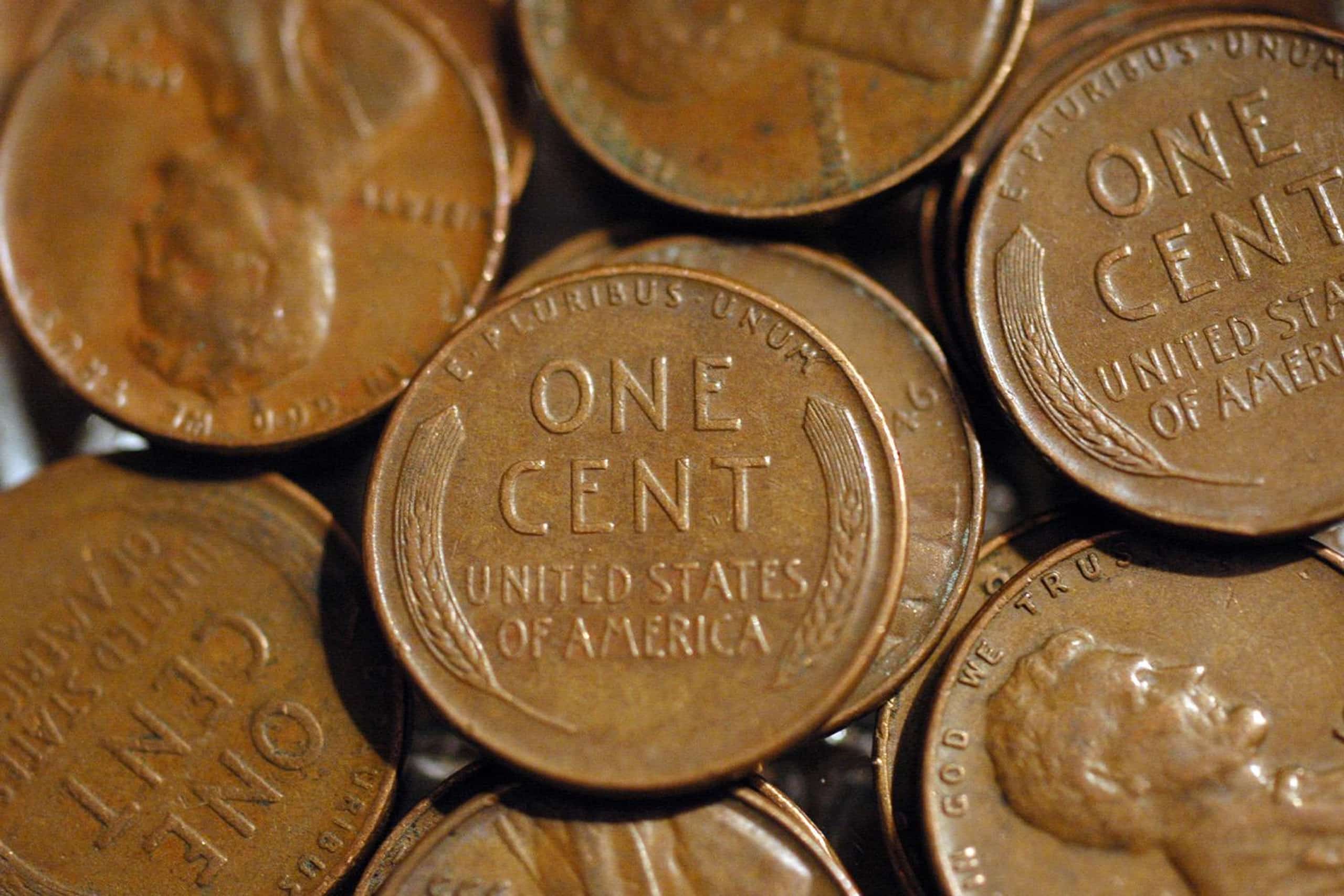On Saturday, I received three pennies in change at a store. Looking at the pennies in my hand, one jumped out for its unique color. I was happy to see it — the happy penny.
Sometimes I have to look at the date on a penny to see if it is one of those increasingly rare to receive in change pre-1982 pennies with a different metal composition than the newer pennies. But, sometimes a special hue shines through the surface giving away the relatively rare coin’s presence.
In 1965, silver was replaced with cheaper metal in new dime and quarter coins. A few years later, in 1971, President Richard Nixon closed the gold window, preventing foreign governments from exchanging their United States dollars for gold. Several decades earlier, President Franklin Delano Roosevelt had demanded Americans turn in to the government their gold coins. Roosevelt then devalued the dollar in terms of gold. US gold coins production for public use also ended.
These actions, spanning roughly fifty years from the 1930s to the 1980s, were all taken to facilitate progressively inflating away the value of the dollar. Over this time, metals deemed too valuable were successively removed from US coins. First removed was gold. Then silver. Both are precious metals long valued for their monetary use. Then even the base metal copper was replaced so that new pennies are made nearly entirely of cheaper zinc.
One reason you don’t often see these older pennies, and silver coins especially, in change is that people hold on to them because of their high metal value relative to face value (the value stamped on the coins). This is an example of the behavior described in Gresham’s Law. Gresham’s law is often summed up briefly as “bad money drives out good.” In other words, people will tend to spend the lower metal value coins while saving — or exchanging at a premium over face value as is now commonly done with the old gold and silver coins — the higher metal value coins.
A little over forty years after the penny’s metal content was downgraded, the US government is taking a new sort of action with pennies because of the continuing decrease in the dollar’s value. In May, the United States Mint declared it had made its final order of blanks upon which pennies are pressed. The plan is for these blanks to be turned into the last pennies put into circulation. Fatima Hussein and Alan Suderman, reporting for the Associated Press on the discontinuation of the production of new pennies, noted that making each penny now costs almost four cents — nearly four times the coin’s face value.
Hussein and Suderman also related that a nickel costs almost 14 cents to make — nearly three times its face value. Despite the coin’s name, nickel makes up only about one fourth of the metal content of a new nickel coin. The rest is copper.
The writing seems to be on the wall for nickels. As their metallic value and production costs further and further exceed their face value, there will be more pressure to make changes in nickels’ composition to significantly reduce their cost of production. Alternatively, the government may, as is being done with the penny, just stop making new nickels.
How bad has the inflation been that the coins debasement and discontinuation of production has accompanied? Consider that the one-ounce gold coins Roosevelt demanded people turn in had a face value of twenty dollars but now have a metal content value of roughly 3,400 dollars. And the metal value of those silver dimes and quarters that the US Mint stopped producing 60 years back is now over 25 times the face value.
Why do I think of that penny with the unique color as the happy penny? The reason is because it reminds me of a time when coins, along with the dollar, retained their value instead of having their value continuously eroded by government’s inflation.

